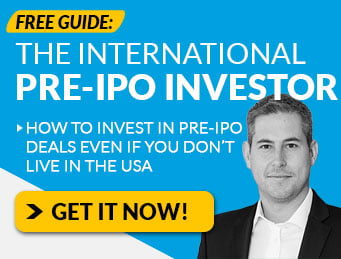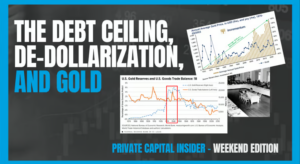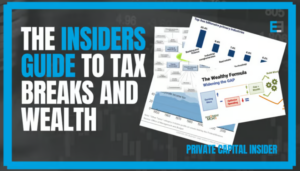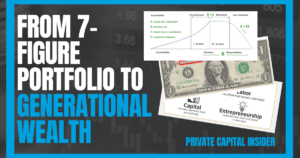Why do most investors get tricked by “get rich quick” claims, suckered into bad deals, and wind up taking big risks for small (or no) rewards?
Or worse, wind up working with a so-called “financial advisor” who they think have their best interests at heart… but really, are thinking about their fees first and their client’s goals second?
It all has to do with this one thing every professional investor DOES have that amateur investors DO NOT.
It’s called an Investment Policy Statement.
And if you’re looking for a fast, easy, simple way to help you make better investment decisions…
This document is the key to helping you avoid the obviously bad deals you shouldn’t be involved with in the first place.
Here’s why…
One big difference between an amateur investor (“dumb money”) and a professional investor (“smart money)” is they don’t have an Investment Policy Statement that helps them identify the following four things:
- Primary Motivation: What is their “reason why” for investing?
- Investment Style: What types of investments (or trades) do they like to make?
- Investment Process: How do they answer the question “is this a good investment?”
- Risk Profile: How much risk are they willing to take?
When you look at the typical amateur investor, there’s one major thing we know to be true…
Aside from “I want to make more money” or “I’m afraid of running out of money,” most people have no real idea why they’re investing in the first place.
Regardless of how much money they do – or don’t – have, they are very emotional when they invest. Most of their decisions are based on instinct or “gut feel”…
And for the most part, this means their Primary Motivation is based around short term gains and speculation (i.e. gambling).
They’re influenced by the promises of big returns in a short period of time, persuaded by fear-based claims, and tricked by artificial scarcity.
They’re constantly jumping from hot trend to new fad… and can only think in time horizons of days, weeks, and months.
As a result, their Investment Style is entirely reactive.
New investment opportunities show up in what can essentially be called a “random” basis – in effect, they are evaluating each investment decision on a 1:1 basis…
In practice, amateur investors ask questions like “Should I invest in [XYZ]?”
Which, by itself, is an impossible question to give a simple “yes/no” answer to.
Why? Because in order to answer that question, there needs to be some sort of Investment Process…
A document that clearly defines what types of investments you will – and perhaps more importantly, won’t – consider. As well as a means to score each investment opportunity to determine if it matches what you’re looking for.
And the reason why amateur investors are considered “dumb money”?
They don’t use any process at all (or they don’t consistently use one)… They’re overly reliant on “hot tips” from largely unqualified sources… And they don’t do additional due diligence on the recommendations they come across.
When we look at the overall Risk Profile “dumb money” is taking, it’s almost always A LOT more risk than the “smart money” does.
Because risk doesn’t necessarily come from the investment itself…
It comes from the investor not knowing what they’re doing.
And you’d like to quickly level up your game and move from “Amateur Investor” to “Professional Investor”…
The very first step is to write your own Investment Policy Statement and answer these four critical questions for yourself.
Sincerely,
Jake Hoffberg – Publisher
Equifund



